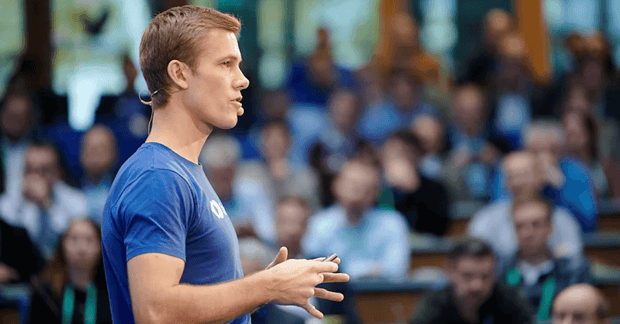
Enterprise architecture involves working with a variety of stakeholders across your organization. Let's explore who these key collaborators are and how you can build a successful working relationship with each.
Stakeholder management is the key to enterprise architecture success. Without stakeholder buy-in and EA tool adoption, enterprise architects won't be able to achieve any improvements in their IT landscape.
It can, however, be challenging to know who to involve in your enterprise architecture initiatives. To support you, we've compiled a list of the seven enterprise architecture stakeholders that you need to speak to.
We also explain below how the SAP LeanIX enterprise architecture platform can empower you to offer instant answers to the key questions these stakeholders will ask you.
1 Software Developers
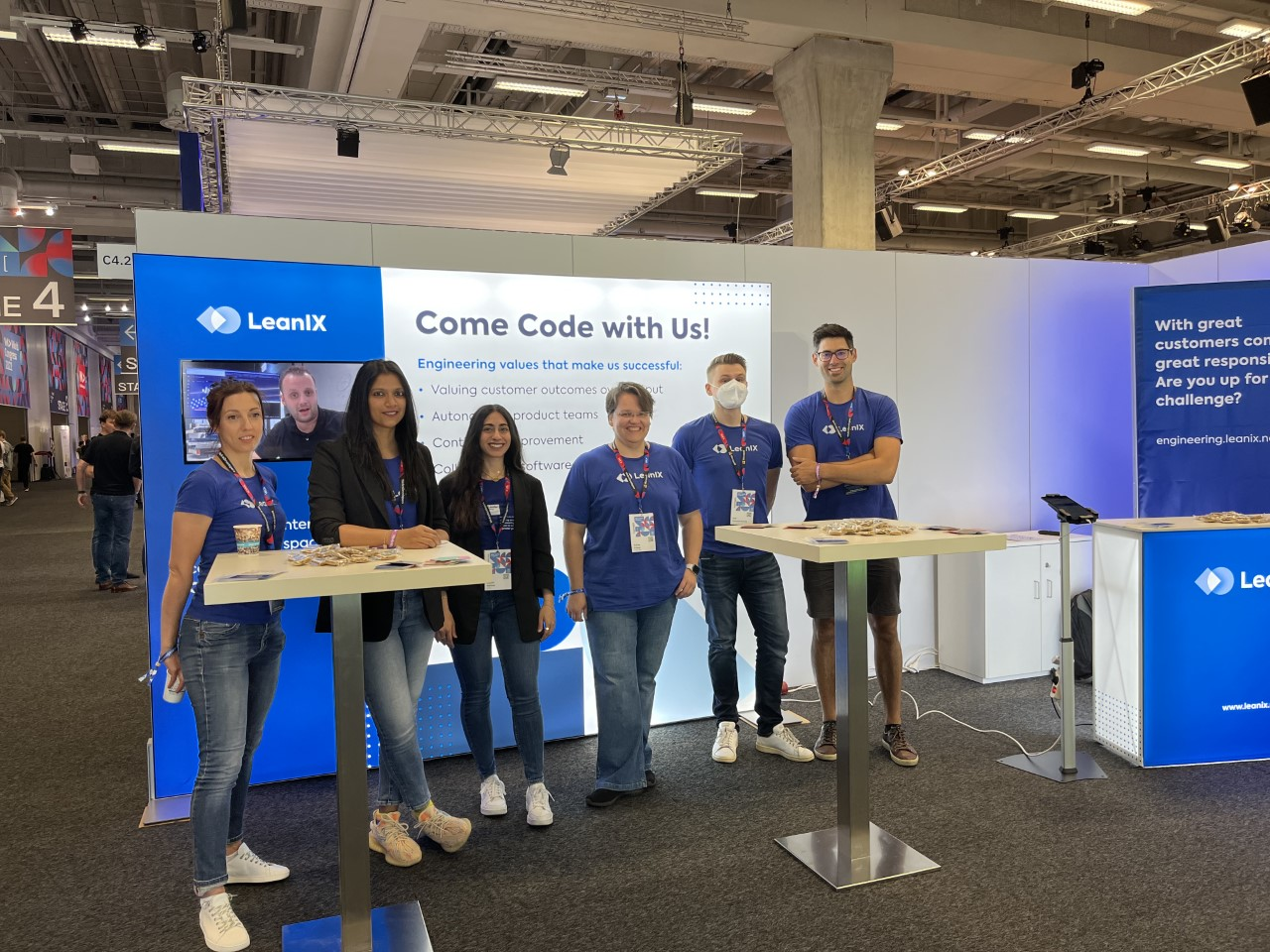
The Role
The role of a software developer is to create software tools that support their colleagues in their work. They use their coding and software architecture skills to design and build software solutions, then test and maintain them so the applications can continue to resolve their customers' problems.
What They Want To Know
Software developers building solutions for your organization need to know where the applications they build are going to fit into your IT landscape. They also need to know who can give them access to the data streams their applications need and the other applications they need to connect to.
What You Can Offer Them
Using the LeanIX platform, software developers can access all the information they need to know about existing applications in use within your organization. This includes the owners of the application and information channels who the developers need to speak to.
LeanIX Fact Sheets about the applications are mapped to your business capabilities so that the applications are easy to find. They're also viewable to anyone in your organization.
To find out more about how LeanIX can support software developers, look at our product page:
ENTERPRISE ARCHITECTURE MANAGEMENT: Manage the transformation and risk of your IT landscape
2 Solution Architects

The Role
Solution architects employ technical solutions to resolve enterprise problems. Their role is similar to that of an enterprise architect, except solution architects focus on one specific problem at a time, rather than the IT landscape as a whole.
What They Want To Know
While enterprise architects are focused on optimizing your entire IT landscape and solution architects are looking at a specific problem, the information they need to know to do their jobs is mostly the same. Solution architects need to understand your application landscape to see how it can be altered to resolve their problem, but they can also benefit from a list of current applications to see if there are existing solutions to new issues.
What You Can Offer Them
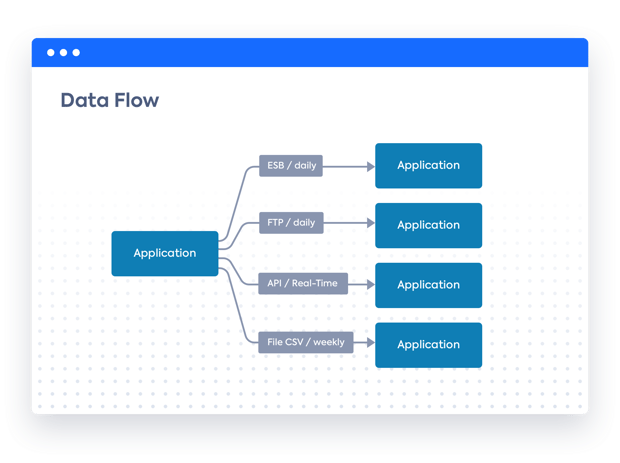
Using the LeanIX platform to generate an IT Component Matrix report will provide solution architects with an overview of which software, hardware, and services underpin applications in your portfolio and which business capabilities these applications support. This report will also offer a map of the data flow and the response time of the applications.
READ: Solution Architecture Vs Enterprise Architecture
3 Business Process Managers
.png?width=1200&height=628&name=Developer-to-SolutionsArchitect-v2%20(1).png)
The Role
A business process manager's role is to discover, document, analyze, and optimize all the workflows in place within your organization. Their work goes hand-in-hand with enterprise architecture as this deals with the technology that supports business processes.
What They Want To Know
Business process managers need to understand the enterprise architecture side of the business process coin. This means they're looking for enterprise architects to explain to them which applications support business processes, how well they do so, and what might go wrong in the business if an application fails.
What You Can Offer Them
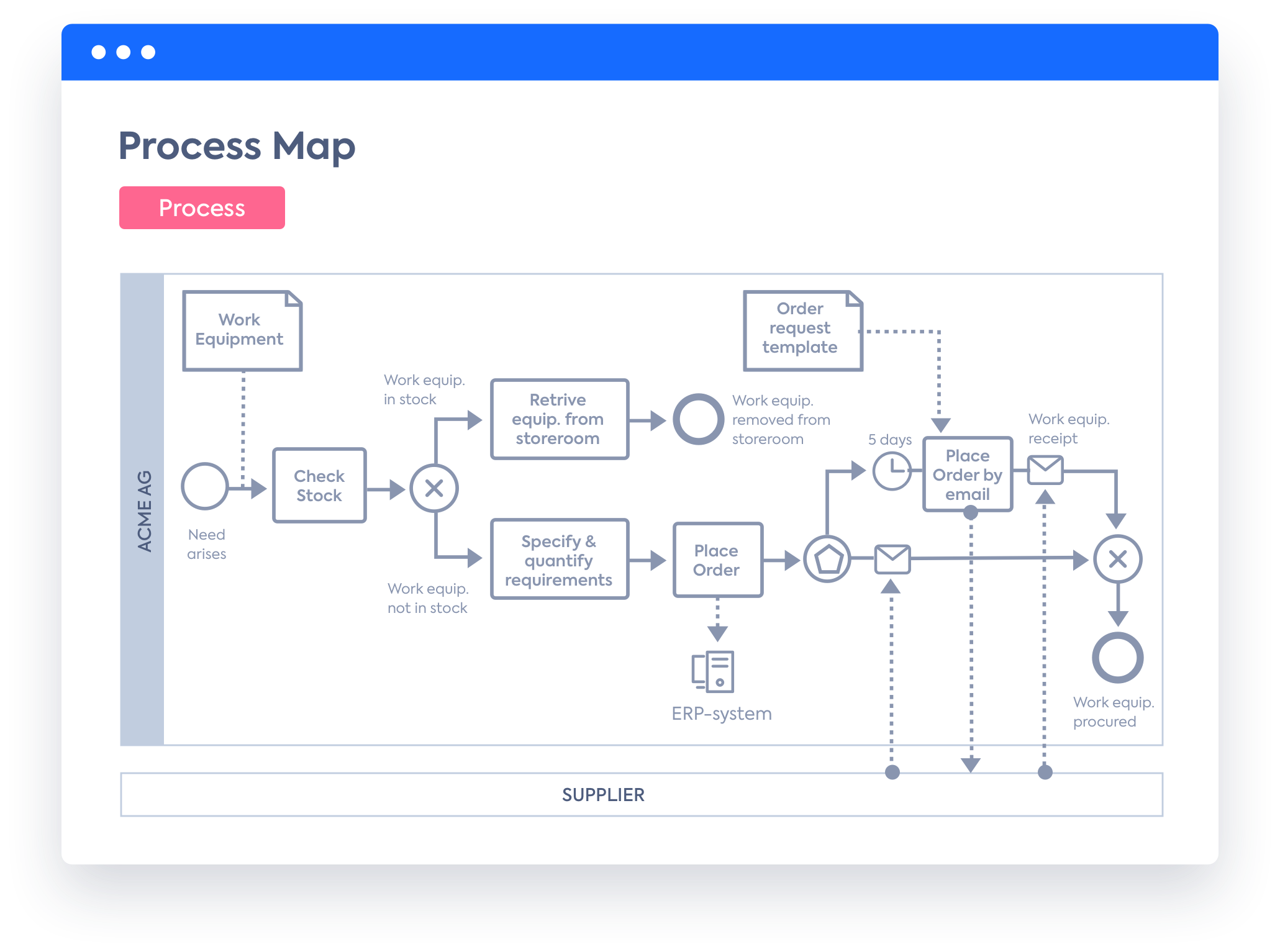
The LeanIX platform documents how each of your applications supports which business processes, as well as who the users of it are. The platform's Application Matrix will also provide a color-coded map of each application's functional fit within your organization so business process managers can see at a glance where areas of concern are.
You can also configure LeanIX' Application Landscape tool to highlight the functional fit of your application under categories like GDPR, business criticality, and lifecycle. This offers immediate clarity on pain points for different stakeholders.
Our free drawing capabilities allow you to create custom Business Process Diagrams. These can then be linked to information contained in Fact Sheets.
LeanIX also has an out-of-the-box integration with SAP Signavio. When applications are captured in Signavio, Fact Sheets will be automatically created automatically in LeanIX, and users can freely switch between the systems,
READ: The Definitive Guide To Application Portfolio Management
4 Infosec & Compliance Officers

The Role
Information security (infosec) and compliance teams are responsible for limiting access to their organization's confidential data, and ensuring compliance with regulatory requirements, respectively. Both circumstances require careful monitoring of your IT landscape to ensure proper use.
What They Want To Know
The key information that infosec and compliance teams need is what data is in use in your organization and how it is being stored and leveraged. It calls to mind the way we used to refer to the internet as the 'information super highway', as your infosec teams are looking for a live 'traffic' map of the data held by your business.
What You Can Offer Them
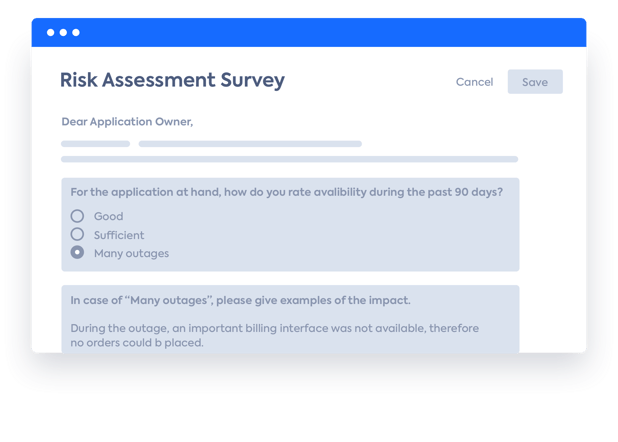
The LeanIX platform keeps track of your data as much as your applications, forming a live diagram of how information flows through your software portfolio. LeanIX can then automatically create a data flow diagram to present to your security teams.
READ: The Definitive Guide To Technology Risk Management
5 CIOs
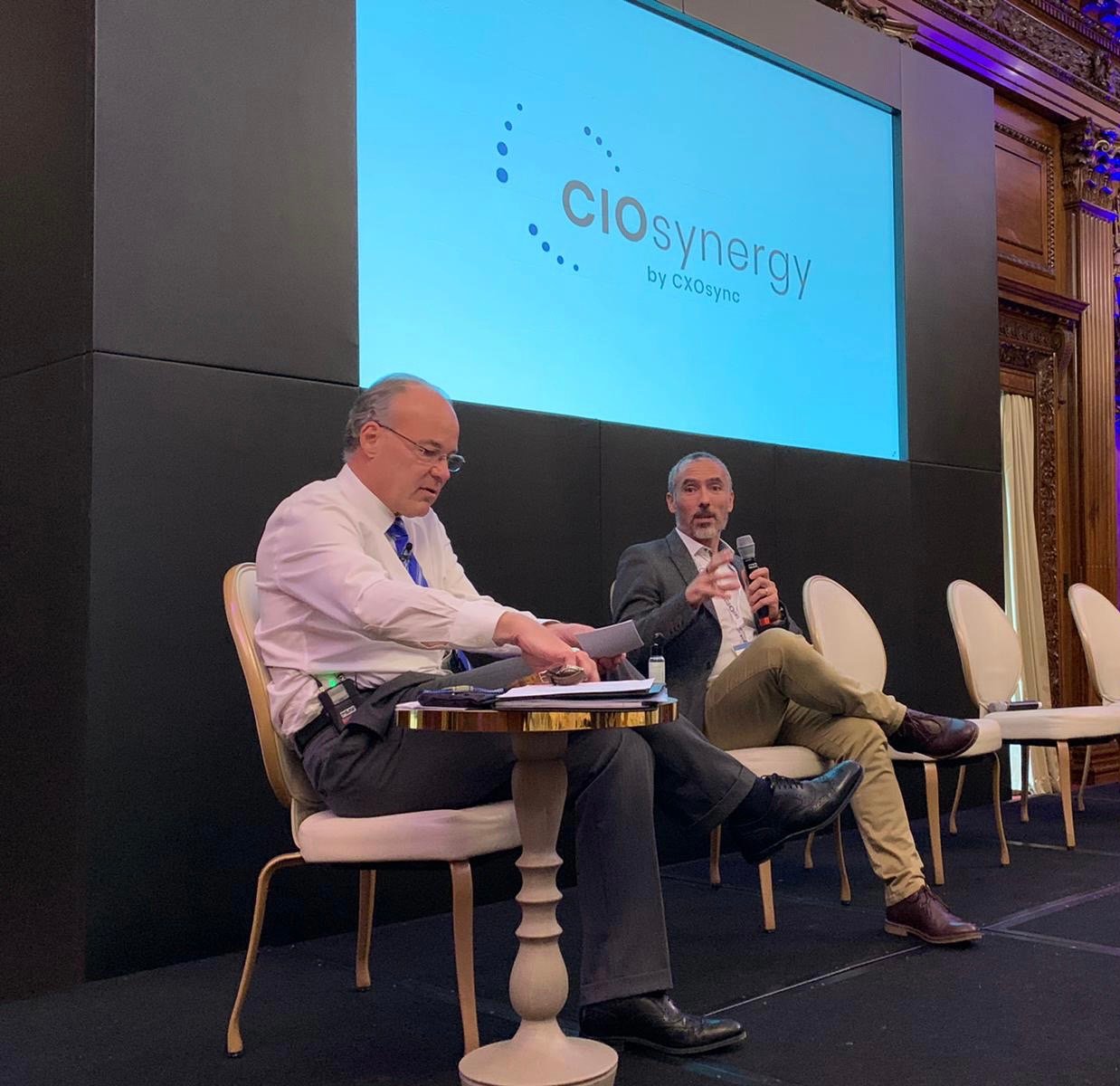
The Role
Your chief information officer (CIO) is responsible for all the computer technology and data that your organization uses to enact its strategy. Ultimately, this is the leader your enterprise architects will report to.
What They Want To Know
Your CIO will also be interested in your IT spend, but in the context of your application lifecycle and the rationalization of your application portfolio. Rather than keeping to a budget, your CIO will be looking to invest in your IT landscape to optimize it as much as possible.
What You Can Offer Them
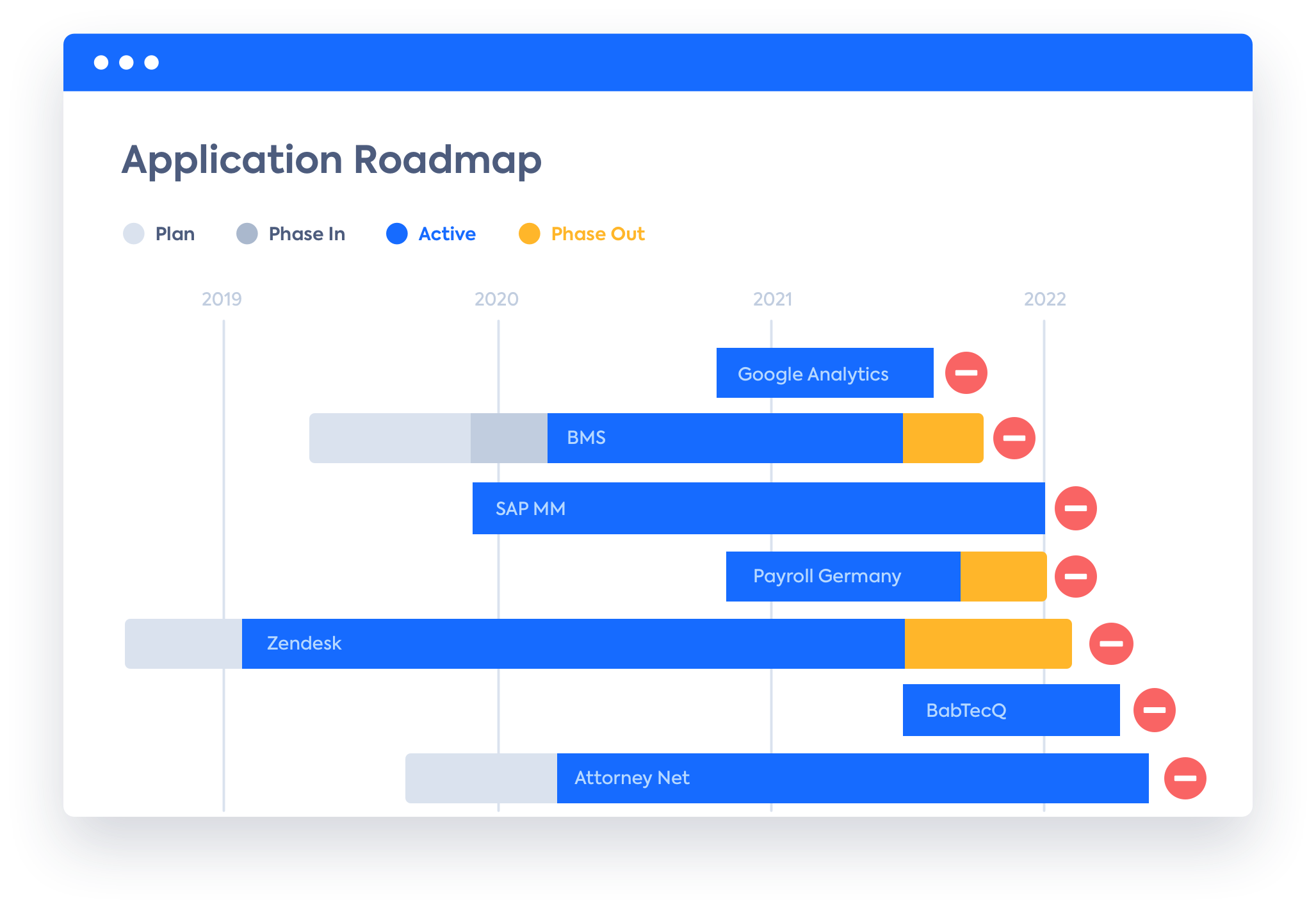
This is where the LeanIX platform's Application Road Map comes in. This will show your CIO exactly how your IT landscape is developing and the plan for the future.
This not only offers your CIO a plan for them to approve, but also assures them that your application portfolio is developing towards enhanced functional fit. It can even register some key performance indicators (KPIs) to confirm that your transformation is meeting its goals.
READ: Enterprise Architecture - The Secret To CIO Success
6 CTOs

The Role
Chief technology officers (CTOs) are responsible for the technical operations of an organization. This involves overseeing research and development, but more importantly, they act as technical advisor to the board.
What They Want To Know
To properly advise the board on technical matters, CTOs need detailed information on your IT landscape and to be able to rapidly supply reports and road maps to their stakeholders. This must cover both technology obsolescence and projections for the impact of future projects.
What You Can Offer Them
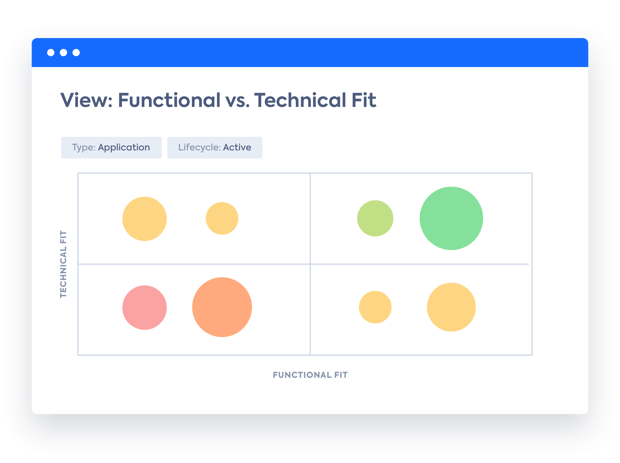
With the LeanIX platform, you can immediately call on our Portfolio Report to showcase the technical fit and lifecycle of your applications from the viewpoint of any operational hierarchy. A visual, color-coded viewpoint will highlight functional fit, obsolescence risk, license details, data quality, dependencies, and providers.
DOWNLOAD: IDC White Paper - The Business Value of LeanIX Enterprise Architecture Management and SaaS Management Solutions
7 IT Program Managers
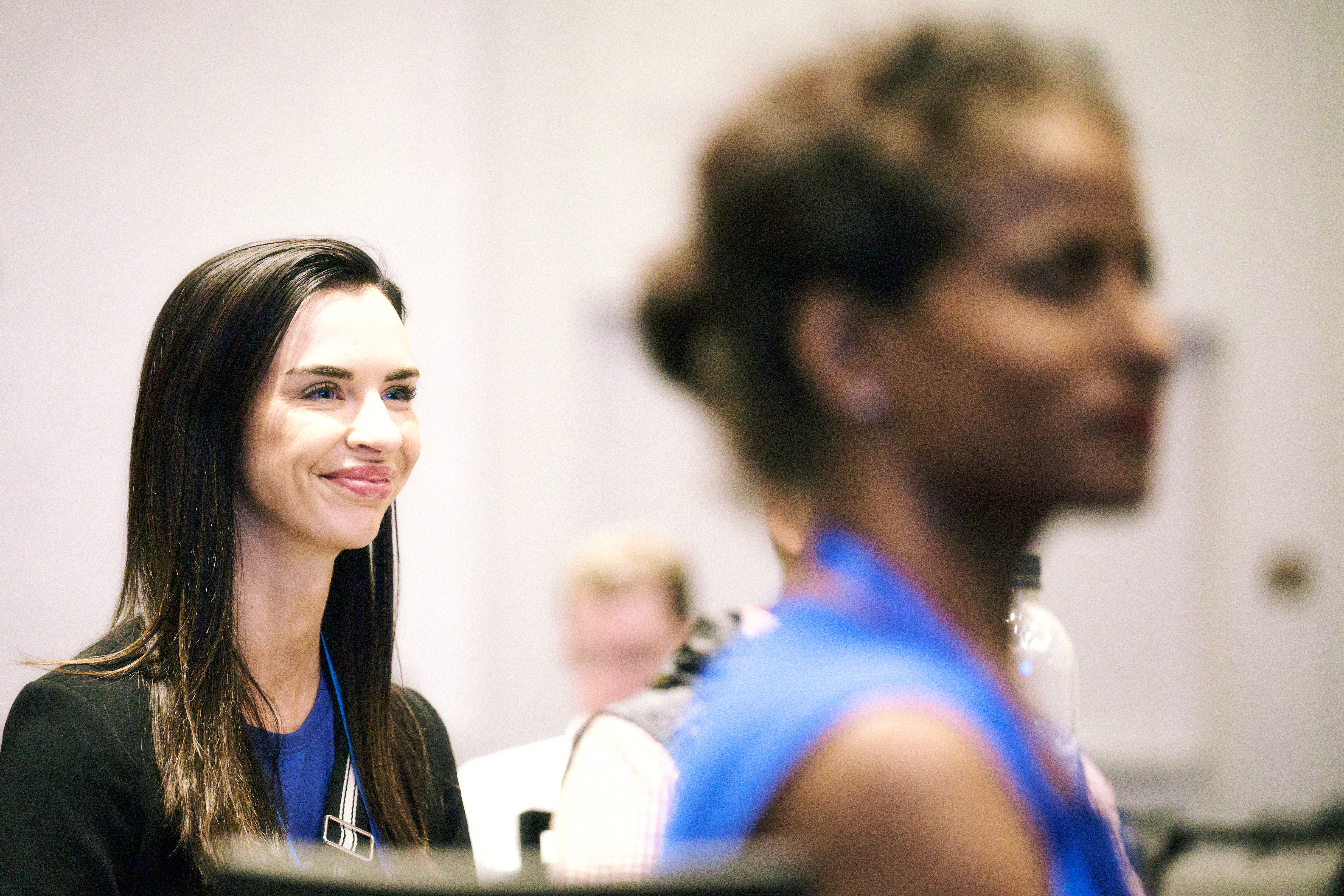
The Role
There's a great deal of crossover between CIOs and CTOs, and the IT program manager. The difference is that program managers focus on the completion of specific IT transformation projects, rather than the IT function as a whole.
What They Want To Know
The impact of ongoing and future IT projects on your application landscape is key for program managers to understand. They want to be able to see how your landscape looks before, during, and after their project.
What You Can Offer Them
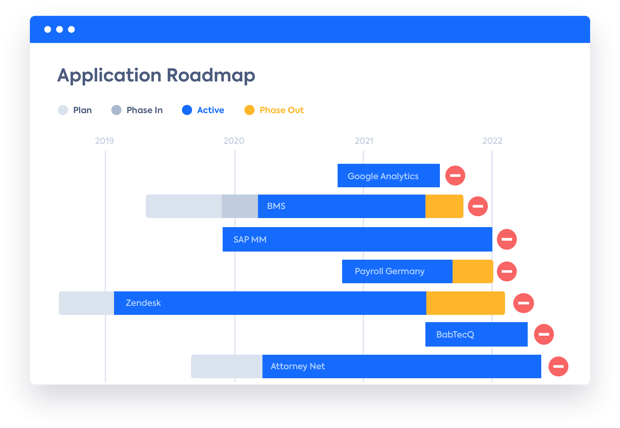
Using the SAP LeanIX platform, you can provide your IT program managers with an Application Road Map that will clearly illustrate what your IT landscape will look like after their project is complete. This road map will be based on information on your current IT landscape and you will even be able to show the impact of the transformation over time as the project progresses.
Our customers tell us just how much of a 'wow' moment this is for their stakeholders. It really shows them just how comprehensive the information stored in the SAP LeanIX platform is.

.png?width=140&height=107&name=BTMPlaybook-FI%20(1).png)

